By Annette Klinger, Photography Micky Hoyle, Production Liezel Norval-Kruger
In this dining room, a fragile paper cut-out design is taken from perishable to permanent with ingenious stencilling.
You need:
- Plascon Cashmere Lover’s Tryst (P7-D2-2)
- Plascon Cashmere Ocean Liner (B6-E1-4)
- Transparency
- Transparency pen
- Polycell Sugar Soap
- Polyfilla Interior
- Sandpaper
- Drop sheet
- Masking tape
- Hamilton’s Polypile roller
- Hamilton’s paintbrush
- Overhead projector
- Water-based pencil or chalk
- Hamilton’s artist brush
Get the décor effect
- Source a paper cut-out design from the internet or a book on traditional paper-cutting techniques and trace it onto a transparency with a transparency pen.
- Ensure that your wall is clean and dry, washing away stains with sugar soap. Fill any holes with Polyfilla and allow to dry before sanding smooth.
- Lay down a drop sheet and mask off the skirting board. Use the Hamilton’s Polypile roller and paintbrush to apply two coats of Plascon Cashmere Lover’s Tryst, allowing the first coat time to dry before applying the second.
- Project the image of the paper cut-out onto the wall in the required size. Trace the outlines of the design with a water-based pencil or chalk.
- Use the Hamilton’s artist brush to carefully paint inside the lines in Plascon Cashmere Ocean Liner. Wait for the paint to dry before applying another coat.
Style tips
- Upsize: Stylist Liezel Norval-Kruger suggests enlarging the cut-out motif to create a focal point with maximum impact.
- Simplify: If you find the design of your favourite paper cut-out too intricate, feel free to simplify the lines.
- Experiment: Can’t find a design that’s quite you? Have some fun with a folded piece of paper and a pair of scissors and create your own symmetrical design.
- Accessorize: Complement the fantastical mood of the cut-out with whimsical, romantic accessories. Rough-hewn woods, tarnished silverware, organically shaped ceramics, bleached linens and chunky knits all contribute to the aesthetic. Keep the colour scheme monochromatic so you don’t compete with the wall design.


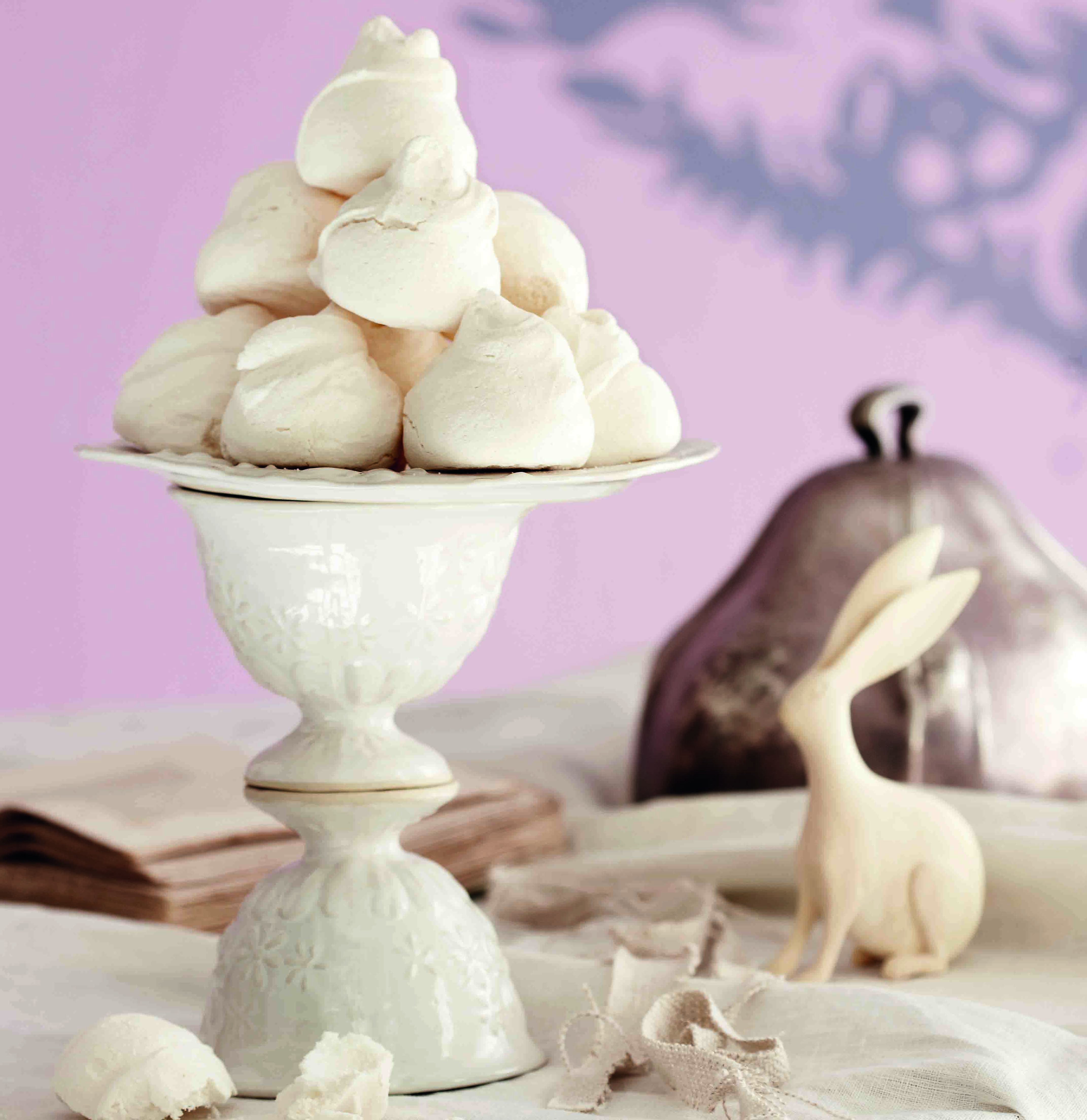





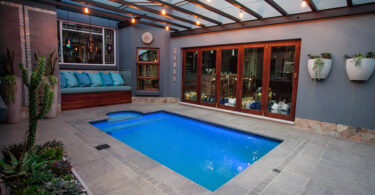

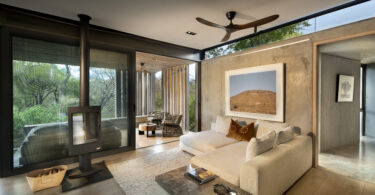
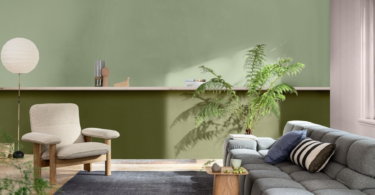
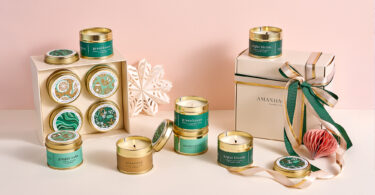
Leave a Comment